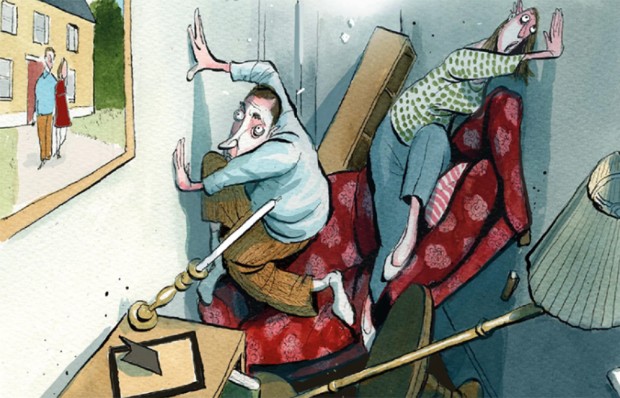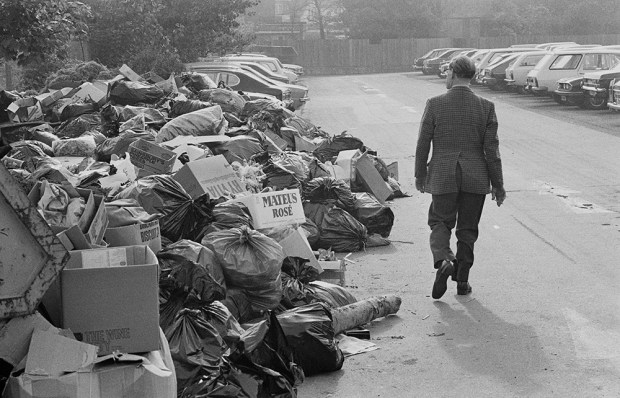It is cricket
The use of a baseball expression, backstop, for possible arrangements over the Irish border could upset some Brexiteers. Yet the concept of a ‘backstop’ can be traced to a much more British game, cricket. The use of ‘backstop’ for what we would now call a wicket keeper was first recorded in the Oxford Dictionary in 1819. Seventy years later it cropped up in baseball, as a name for a fence rather than a person. When, in 1890, baseball players started calling the catcher a backstop too, the fence became, in effect, a backstop to the backstop.
Big swims
Ross Edgley became the first person to swim round the British coast, covering 1,791 miles in four months, starting and finishing in Margate. Some other long swims:
— In 2009 the Slovenian Martin Strel swam the length of the Amazon, covering 2,045 miles in 66 days.
— In 2006 Veljko Rogosic swam across the Adriatic, covering 140 miles between the Italian towns of Gradolo and Riccione — the longest-known continuous swim in the sea.
— In 2017 Sarah Thomas swam a 105-mile loop in Lake Champlain on the New York-Vermont border — the longest-known continuous swim where the currents were cancelled out.
Boom and bust
It was reported that 1,123 restaurant companies have gone bust in 2018. Are we in danger of running out of places to eat?
— There are 56,000 restaurants in Britain, plus 100,000 pubs and cafés which serve food. The number of restaurants declined by 0.4 per cent in the 12 months to March 2018, but over five years, the number is still up by 15.6 per cent. The cities with the largest increase in restaurants over that period are:
Leeds: +37.9%
Manchester: +33.6%
Liverpool: +31.9%
Source: CGA/Alix
Runaway trains
A runaway iron ore train ran 57 miles in Western Australia before being deliberately derailed. Some other runaways:
— In 2010 an Underground maintenance vehicle broke away from a train and ran for 4 miles on the Northern line from Archway to Warren Street before halting.
— In 2003 a suburban electric train ran 10.5 miles in Melbourne before crashing into a goods train.
— In 1859 a driverless engine rolled out of an engine shed and ran 17 miles from Petworth to Horsham, West Sussex, before a driver leapt aboard and stopped it.
Got something to add? Join the discussion and comment below.
Get 10 issues for just $10
Subscribe to The Spectator Australia today for the next 10 magazine issues, plus full online access, for just $10.
You might disagree with half of it, but you’ll enjoy reading all of it. Try your first month for free, then just $2 a week for the remainder of your first year.













Comments
Don't miss out
Join the conversation with other Spectator Australia readers. Subscribe to leave a comment.
SUBSCRIBEAlready a subscriber? Log in